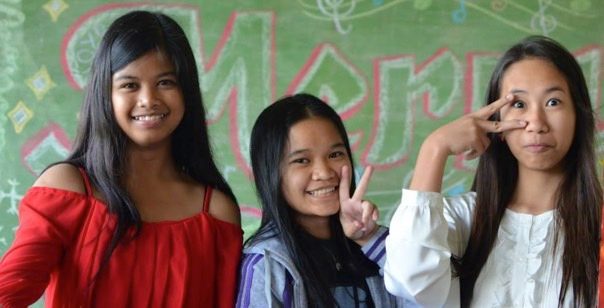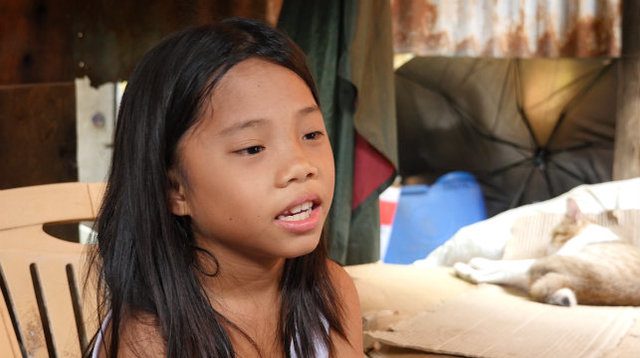SUMMARY
This is AI generated summarization, which may have errors. For context, always refer to the full article.

The following is a press release from the United Nations Population Fund (UNFPA):
MANILA, Philippines —HIV/AIDS, teenage pregnancy and child labour are undermining girls’ health, rights and opportunities and threaten the world’s new and ambitious development agenda, warns UNFPA, the United Nations Population Fund, in The State of World Population 2016, released on Thursday, October 20.
Practices that harm girls and violate their human rights–starting at age 10–prevent them from realizing their full potential as adults and from contributing to the economic and social progress of their communities and nations. Without their contribution, the United Nations Agenda 2030 for Sustainable Development and its accompanying 17 Sustainable Development Goals may never be achieved.
“Impeding a girl’s safe, healthy path through adolescence to a productive and fulfilling adulthood is a violation of her rights,” says Klaus Beck UNFPA Representative in the Philippines. “But it also takes a toll on her community and nation. Whenever a girl’s potential goes unrealized, we all lose.” (READ: Small-town girl dreams big)
Girls who reach adulthood with an education and their health and rights intact could triple their lifetime incomes, thereby fueling progress for generations and entire nations, the report states.
“By ensuring the over 1 million 10 year-old girls in the Philippines get the tools, know-how and opportunities they need to meet their potential, they could each earn over 45% more over the next 15 years – that’s an extra 12.8% of today’s GDP,” notes UNFPA’s Beck.

Ten is a pivotal age for girls everywhere, as puberty approaches. In some parts of the world, a girl at this age enjoys limitless possibilities and begins making choices on her education and later life. But elsewhere, girls are seen as commodities to be bought, sold or traded, the UNFPA report shows. She may be forced to marry, pulled out of school and forced to bear children and begin a life of servitude. (READ: Scavenging school girl: ‘I want to help my father’)
“In the Philippines, teenage pregnancy limits far too many girls’ hopes, dreams and aspirations. It also costs the country around P33 billion each year in foregone earnings,” says UNFPA’s Beck.
“By ensuring girls right to education, including age appropriate comprehensive sexuality education and access to youth friendly sexual and reproductive health services and advice, we could improve the lives of hundreds of thousands, reap long term gains, and help ensure the success of 2030 Agenda for Sustainable Development.”
The new development agenda, endorsed by world leaders in 2015, is a global blueprint for peace, prosperity and a sustainable future to 2030, leaving no one behind. Removing the barriers that hold 10-year-old girls back today will help make sure the agenda is a success, the report argues.
The State of World Populationreport notes that of the 125 million 10-year-olds today, 60 million are girls who are systematically disadvantaged at the global level as they move through adolescence into adulthood. Girls are less likely than boys to complete formal schooling at the secondary and university levels, are more likely to be in poorer physical and mental health, and will find it harder to get paid jobs.
The challenge now, the UNFPA reports argues, is to scale up these interventions to reach more girls, especially the poorest and most vulnerable, by age 10.
“How we invest in and support 10-year-old girls today will determine what our world will look like in 2030,” notes UNFPA’s Klaus Beck. “With support from family, community and nation, and the full realization of her rights, a 10-year-old girl can thrive and help bring about the future we all want.” – Rappler.com
UNFPA, the United Nations Population Fund, works to deliver a world where every pregnancy is wanted, every childbirth is safe and every young person’s potential is fulfilled.
Add a comment
How does this make you feel?
There are no comments yet. Add your comment to start the conversation.